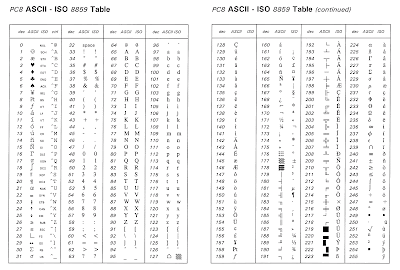What is Network Segmentation?
Network Segmentation is the practice of dividing a larger network into smaller, distinct sub-networks or segments. Each segment operates as an independent entity, with its own set of rules and controls. This approach allows for better management of network traffic, enhanced security, and optimized performance.
Key Points:
- Isolation: Segments are isolated from each other, which limits the scope of potential security breaches and reduces the risk of unauthorized access.
- Control: Different segments can be configured with specific security policies and access controls tailored to their purpose.
- Efficiency: Reduces congestion by localizing traffic within segments, thereby improving network performance.
b) How is Network Segmentation Implemented for Better Access Control and Information Flow Security?
1. Implementing Access Control:
Network Zones: Define and create different network zones based on function, sensitivity, or role. For example, you might have separate segments for internal corporate applications, guest Wi-Fi, and critical systems like databases or financial systems.
Example:
- DMZ (Demilitarized Zone): A segment exposed to external networks for public-facing services like web servers, while internal segments handle sensitive internal resources.
Access Control Lists (ACLs): Use ACLs to specify which devices or users can access each segment. ACLs enforce rules that permit or deny traffic based on IP addresses, protocols, or ports.
Example:
- Firewall Rules: Configure firewalls to restrict traffic between segments. Only allow necessary traffic to flow between segments based on business needs.
Role-Based Access Control (RBAC): Apply RBAC to manage user permissions within each segment. Users are granted access based on their role and the segment they need to interact with.
Example:
- IT Staff: May have access to the segment containing administrative tools, while general employees only have access to the segment with standard business applications.
2. Enhancing Information Flow Security:
Traffic Filtering: Implement network filters to control the type and direction of traffic between segments. This helps prevent unauthorized data transfers and potential leaks.
Example:
- Intrusion Detection Systems (IDS): Deploy IDS in each segment to monitor and analyze traffic for suspicious activities and potential threats.
Segregation of Sensitive Data: Store and process sensitive data in isolated segments with additional security measures, such as encryption and strict access controls.
Example:
- Financial Data: Segregate financial data into a highly secure segment with encrypted storage and restricted access, ensuring only authorized personnel can access it.
Network Monitoring: Continuously monitor traffic within and between segments to detect unusual patterns or unauthorized access attempts.
Example:
- Network Traffic Analysis: Use tools to analyze traffic patterns and detect anomalies that could indicate security breaches or policy violations.
Limit Lateral Movement: By isolating segments, network segmentation reduces the risk of attackers moving laterally within the network. If an attacker compromises one segment, they are contained within that segment and cannot easily access others.
Example:
- Compartmentalization: Limit access between segments to only essential connections. For example, only allow specific segments to communicate with each other when absolutely necessary.
Summary
Network Segmentation:
- Divides a network into smaller, manageable segments to enhance control, security, and performance.
Implementation for Better Access Control and Information Flow Security:
- Access Control: Create distinct network zones, use ACLs, and apply RBAC to manage permissions and restrict access.
- Information Flow Security: Implement traffic filtering, segregate sensitive data, monitor network traffic, and limit lateral movement to protect against unauthorized access and data breaches.


Ulasan